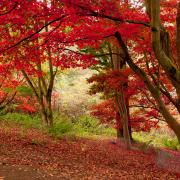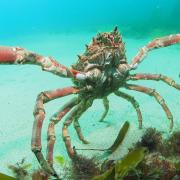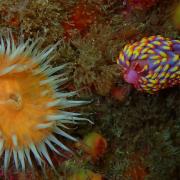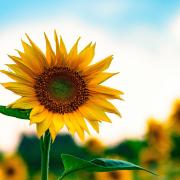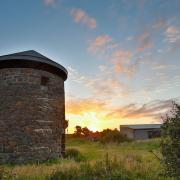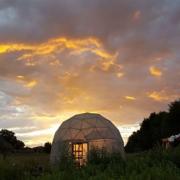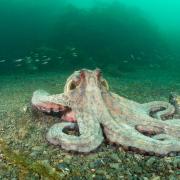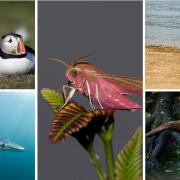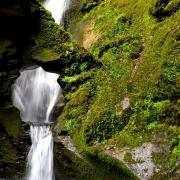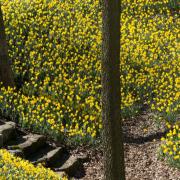Sam Stewart, a third year Marine and Natural History Photography student at University College Falmouth, studied grey seals for his final project. Here he shares his findings with Cornwall Life
Seal Studies
Sam Stewart, a third year Marine and Natural History Photography student at University College Falmouth, studied grey seals for his final project. Here he shares his findings with Cornwall Life
If you are walking along the South West Coast Path keep your eyes peeled for one very special marine mammal. The chances are that a grey seal won’t be far away, and with a little patience, you might be lucky enough to see one.
The white water and large swells around Cornwall are a perfect habitat for the grey seal, yet with just under half the world’s population living in the UK, grey seals are one of the rarest of these species in the world. This is why it is so special to see grey seals in their natural habitat in Cornwall.
They are the largest land-breeding mammals in the UK, and usually give birth to pups between September and January around the county. Pups are usually left alone for much of the day hidden in caves or on small secluded beaches, with the mother only returning to feed them every few hours. They grow rapidly and after around 21 days are weaned by their mother, then left to fend for themselves.
Every seal has a unique fur pattern and so a photograph of one is a vital piece of information to aid their identification. Conservation Groups such as the Cornwall Seal Group work all year round tracking and protecting grey seals in the wild. My images have been used to identify grey seals, and in some cases have provided the information needed to track seals from the north coast to the south, over 50 miles away.
To avoid scaring grey seals we try to keep some locations a secret but good places to spot them are at Lizard point, Gwennap Head and Hells mouth. If you spot seals around the Cornish coast, please send your images to the Cornwall Seal Group. If successfully identified, you can find out the name and, in many cases, the life history of the seal you saw. Your images will also help with their conservation.
Please send all images or sightings to: sue@cornwallsealgroup, or visit: cornwallsealgroup.co.uk







